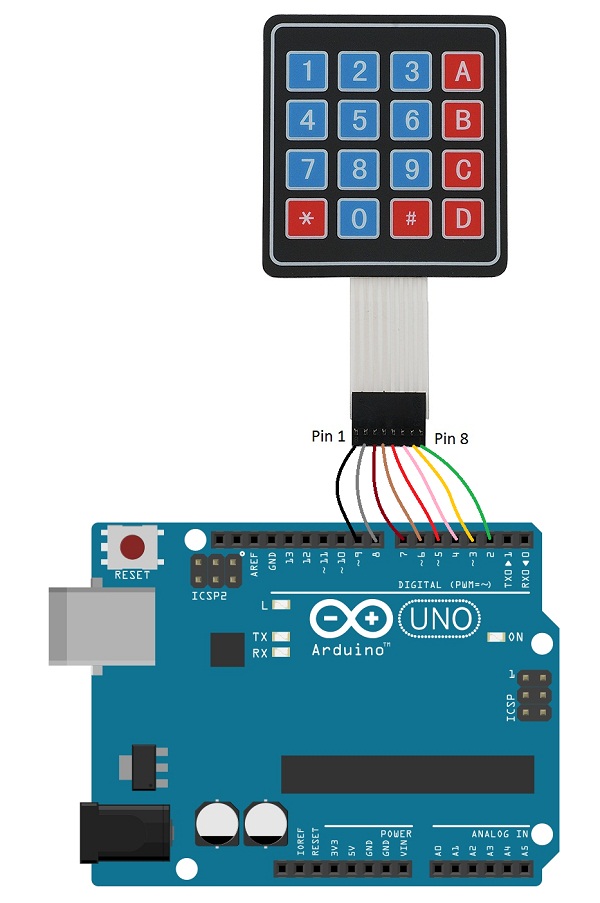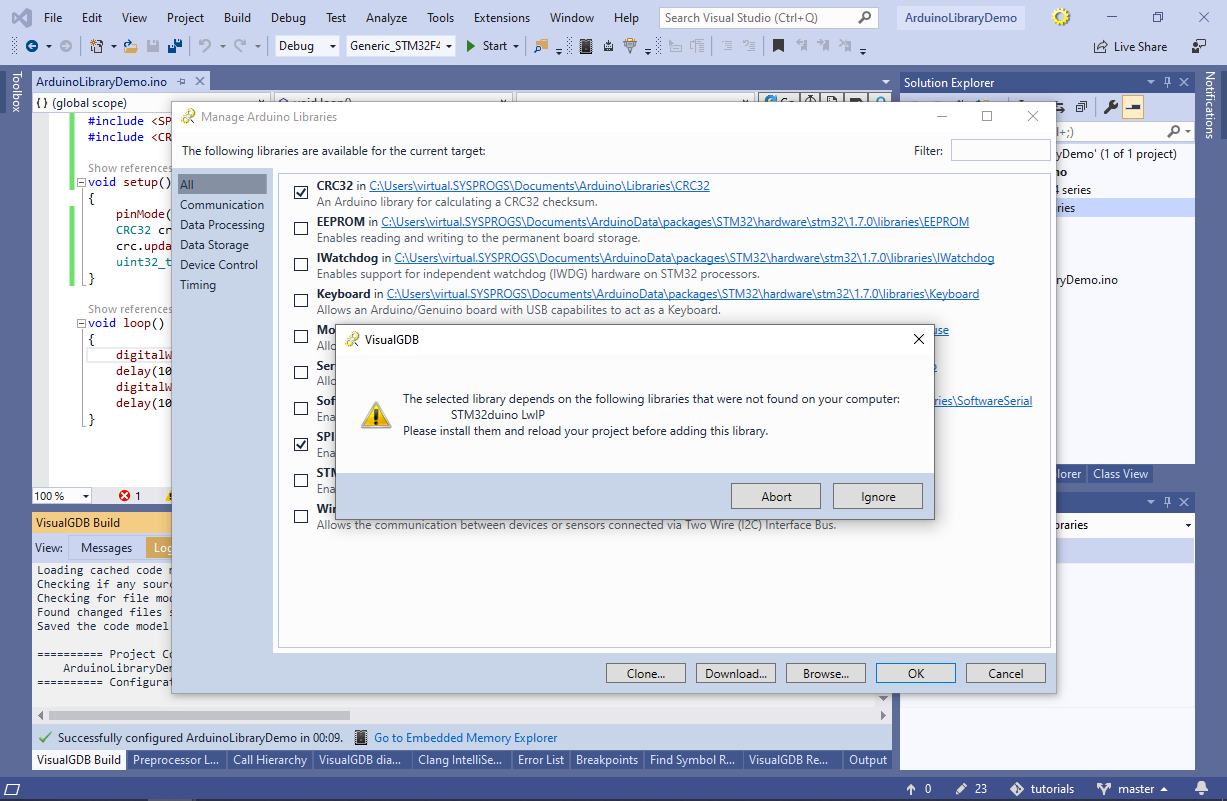

- #Githubb and arduino libraries how to#
- #Githubb and arduino libraries install#
- #Githubb and arduino libraries software#
Let me know if you liked the idea or if you have any issue with it. The Arduino Due has two I2C/TWI interfaces SDA1 and SCL1 are near to the AREF pin and the additional one is on pins 20 and 21. In this tutorial I will choose the IRremote library as an example.
#Githubb and arduino libraries install#
To install an Arduino library from GitHub, you first have to download it. On the Arduino boards with the R3 layout (1.0 pinout), the SDA (data line) and SCL (clock line) are on the pin headers close to the AREF pin. Download the Arduino library from GitHub. It's a work in progress, so the domain name and other things could and probably will change. This library allows you to communicate with I2C/TWI devices. Just replace LIBRARY_NAME with your own library name.
#Githubb and arduino libraries how to#
Clicking on the badge will open up explanation for new users on how to install libraries with the Library Manager and Arduino IDE.Īll you need to do in order to get a badge for your library is to use this link: The badge will show whether the library is available in the Library Manager and if so, what is the latest release available. So I found a nice way to do so, GitHub style: a "badge". Added five demos: RotationResist, FaceUphill, RemoteControl, Balancing, and SumoProximitySensors.So I have a couple of small Arduino libraries I created and maintaining on github and I wanted to notify new users that my libraries are now available from the arduino IDE built-in Library Manager. Fixed a bug in Zumo32U4ProximitySensors where the wrong array length was used.

Main header file for the Zumo32U4 library. To access all features of this library, you just need these include statements: If you see a prompt asking to install missing dependencies, click "Install all".In the Arduino IDE, open the "Tools" menu and select "Manage Libraries.".
#Githubb and arduino libraries software#
Use the Library Manager in version 1.8.10 or later of the Arduino software (IDE) to install this library: If you have the Zumo Shield, then you should not use this library and instead refer to the Zumo Shield documentation here. The Zumo Shield does not have an integrated microcontroller, so it must be connected to an Arduino-sized board to run.

Please note that this library does NOT work with the Zumo Shield for Arduino, which is a very different product. The user's guide for the Zumo 32U4 robot is here: Step 1: Download the Adafruit Library and the GFX library from Github. It has an integrated AVR ATmega32U4 microcontroller, motor drivers, encoders, proximity sensors, line sensors, inertial sensors, buzzer, four buttons, and display screen (graphical OLED or LCD). To run your display easily, you should use Arduino LCDs libraries and add them to. The Zumo 32U4 robot consists of the Zumo chassis, the Zumo 32U4 Main Board, and the Zumo 32U4 Front Sensor Array. This is a C++ library for the Arduino IDE that helps access the on-board hardware of the Zumo 32U4 robot (both the newer OLED version and the original LCD version).


 0 kommentar(er)
0 kommentar(er)
